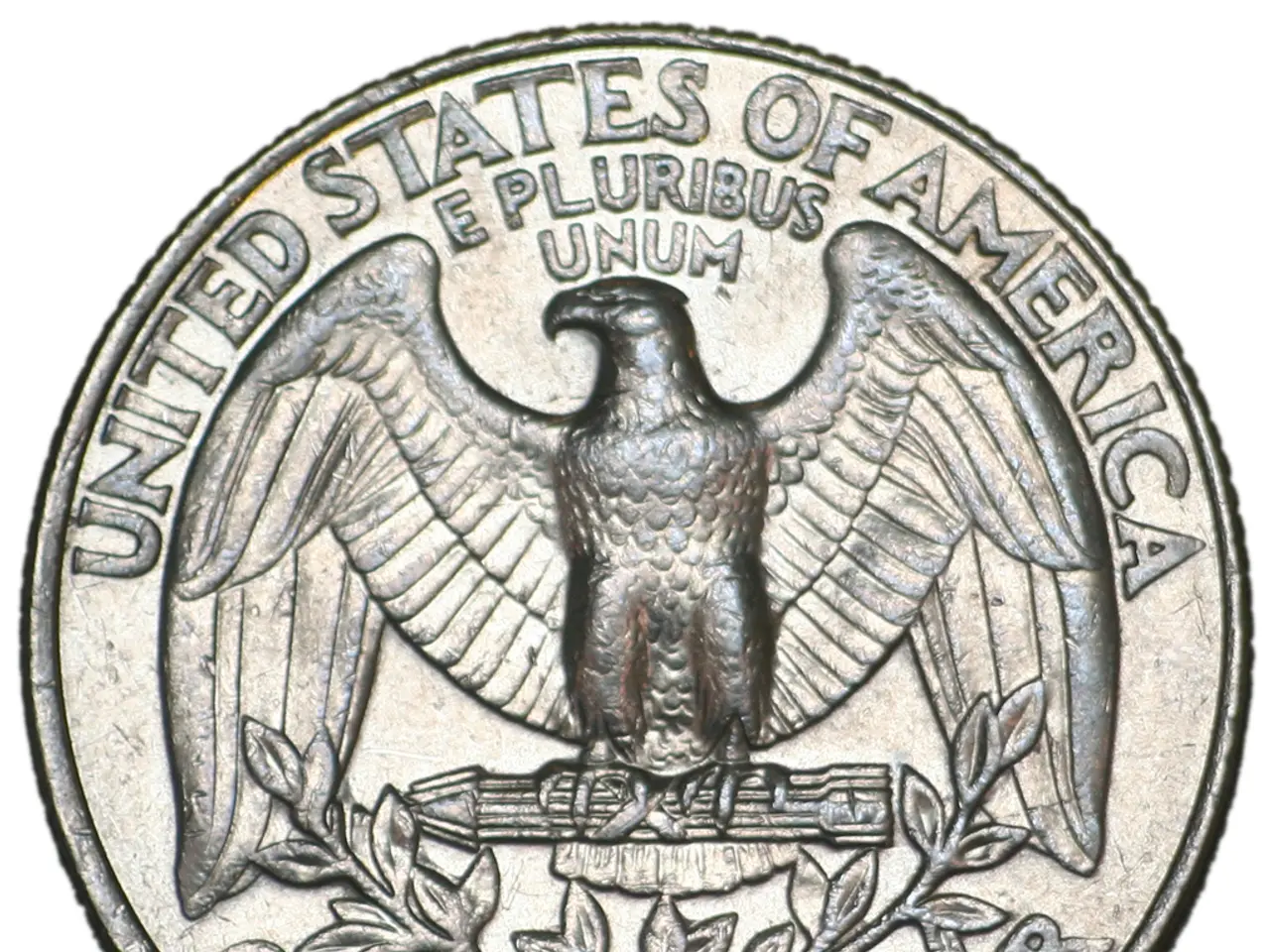Tax Burden of Higher Earners: Fighting the Top 10%'s Overwhelming Share - 12 Clever Ways to Lower Your Tax Bill
In the UK, higher earners are subject to significantly higher tax rates on their savings and investments compared to lower income taxpayers. This disparity can be attributed to several key factors.
Firstly, the Personal Savings Allowance varies based on an individual's income. Basic-rate taxpayers, who earn less than £50,271, can earn up to £1,000 in interest from savings tax-free. However, higher-rate taxpayers, with income between £50,271 and £125,140, only have this allowance halved to £500. Those earning above £125,140 receive no personal savings allowance, meaning they pay tax on all savings interest.
Secondly, the tax on dividends is also heavily weighted towards higher earners. Basic-rate taxpayers pay 8.75% tax on dividends over the £500 dividend allowance, while higher-rate taxpayers pay a much higher rate of 33.75%. Additional-rate taxpayers, those earning above £125,140, pay an even higher dividend tax rate of 39.35%.
The tax bands for the 2025/26 tax year also reflect this inequality. Basic rate (20%) applies to income up to £50,270, higher rate (40%) from £50,271 to £125,140, and additional rate (45%) above £125,140. Dividend tax rates also increase with income.
However, there are tax-efficient options available to higher earners. Investing via ISAs allows up to £20,000 annually free of UK income and capital gains taxes, fully sheltering earned interest, dividends, and growth from tax regardless of income level.
Other tax-efficient options include carry forward rules for pension allowances, venture capital trusts, enterprise investment schemes offering 30% income tax relief on the amount invested, and salary sacrifice, if offered by an employer. Married people or civil partners can also transfer income-producing assets to a partner with a lower tax rate.
It's estimated that there are 7.08 million higher rate taxpayers this tax year 2025/26, with 1.2 million falling into the additional rate taxpayers category. The top 25% of income taxpayers will pay more than three quarters (76%) of all income tax this year, and the top 10% pay more than half (59%) of all income tax. Higher earners will also pay £1.8 billion of tax on savings this year and over £8 billion on dividends, while basic-rate taxpayers pay nothing on savings and a maximum of £2,000 on dividends.
The tax-free allowance on capital gains tax has been cut dramatically from £12,300 to £3,000. Deferring income when expected to pay a lower rate of tax can also reduce overall tax liability. For parents, it's possible to save or invest £9,000 in a Junior ISA for a qualifying child, with all interest, dividends, or capital gains being tax-free. It's also possible to move investments outside an ISA into an ISA through the Bed & ISA process.
Many of the top 25% of earners have been pushed into paying higher rate or additional rate tax over the past few years. If you earn £71,600, you're in the top 10%. It's clear that higher earners in the UK face significantly higher tax rates on their savings and investments compared to lower income taxpayers. However, by understanding these tax rules and making use of tax-efficient options, higher earners can minimise their tax liability.
[1] GOV.UK. (2021). Personal Savings Allowance. Retrieved from https://www.gov.uk/personal-savings-allowance [2] GOV.UK. (2021). Dividend allowance. Retrieved from https://www.gov.uk/dividend-allowance [3] GOV.UK. (2021). Income Tax Rates and Bands. Retrieved from https://www.gov.uk/guidance/income-tax-rates-and-bands [4] GOV.UK. (2021). Dividend Tax Rates. Retrieved from https://www.gov.uk/guidance/dividend-tax-rates [5] GOV.UK. (2021). Individual Savings Accounts (ISAs). Retrieved from https://www.gov.uk/individual-savings-accounts-isas
- The Personal Savings Allowance in the UK varies based on an individual's income, with basic-rate taxpayers earning less than £50,000 having a tax-free interest allowance of £1,000, while higher-rate taxpayers have just £500.
- Dividend tax rates in the UK are also favorable to lower income earners, as basic-rate taxpayers pay 8.75% on dividends above their £500 allowance, while higher-rate taxpayers pay 33.75%.
- In the 2025/26 tax year, the basic rate (20%) applies to income up to £50,000, the higher rate (40%) to income between £50,000 and £125,000, and the additional rate (45%) to income above £125,000.
- Investing via ISAs is a tax-efficient option for higher earners, as it allows up to £20,000 annually to be invested tax-free, fully sheltering earned interest, dividends, and growth from tax.




